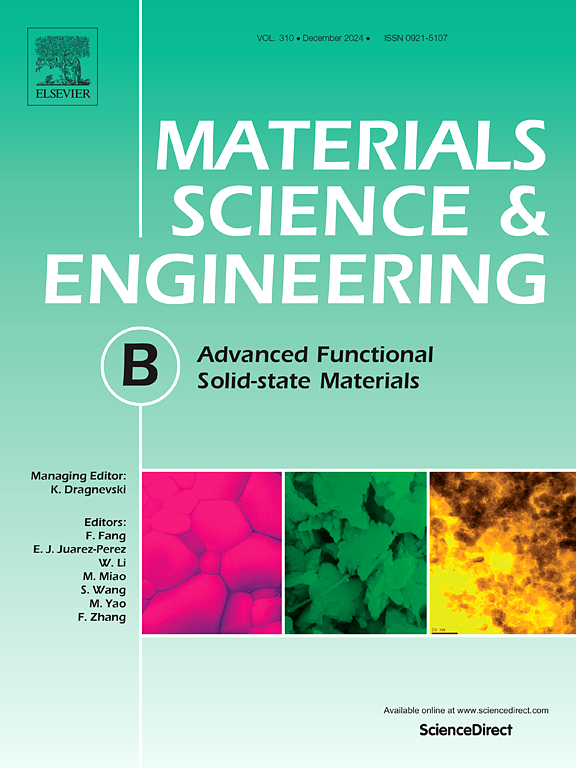Advanced cathode catalysts with well-defined active sites toward CO2 reduction/evolution reactions of Li-CO2 battery
IF 3.9
3区 材料科学
Q2 MATERIALS SCIENCE, MULTIDISCIPLINARY
引用次数: 0
Abstract
To achieve the carbon neutrality around the world, the effective utilization of carbon dioxide (CO2) is an indispensable strategy. Lithium-CO2 batteries show great potential in both CO2 capture and energy storage, becoming a promising pathway to reduce CO2 emission. However, hindered by the sluggish kinetics of CO2 reduction and evolution reactions during discharging-charging processes, Li-CO2 batteries show high overpotential, poor reversibility, and undesirable cyclability, which is far from the practical requirement. The investigation towards rational design of cathode catalysts containing the element species selection, precise structure design, electronic properties regulation, etc. has been proposed to analyze the reaction mechanism of CO2 reduction/evolution reactions. In this review, recent advancements on cathode catalysts of Li-CO2 batteries that have investigated the structure-performance relationship based on well-defined active catalytic sites have been summarized and discussed to achieve a better understanding on mechanism and effective construction of advanced Li-CO2 batteries for further study.

求助全文
约1分钟内获得全文
求助全文
来源期刊

Materials Science and Engineering: B
工程技术-材料科学:综合
CiteScore
5.60
自引率
2.80%
发文量
481
审稿时长
3.5 months
期刊介绍:
The journal provides an international medium for the publication of theoretical and experimental studies and reviews related to the electronic, electrochemical, ionic, magnetic, optical, and biosensing properties of solid state materials in bulk, thin film and particulate forms. Papers dealing with synthesis, processing, characterization, structure, physical properties and computational aspects of nano-crystalline, crystalline, amorphous and glassy forms of ceramics, semiconductors, layered insertion compounds, low-dimensional compounds and systems, fast-ion conductors, polymers and dielectrics are viewed as suitable for publication. Articles focused on nano-structured aspects of these advanced solid-state materials will also be considered suitable.
 求助内容:
求助内容: 应助结果提醒方式:
应助结果提醒方式:


